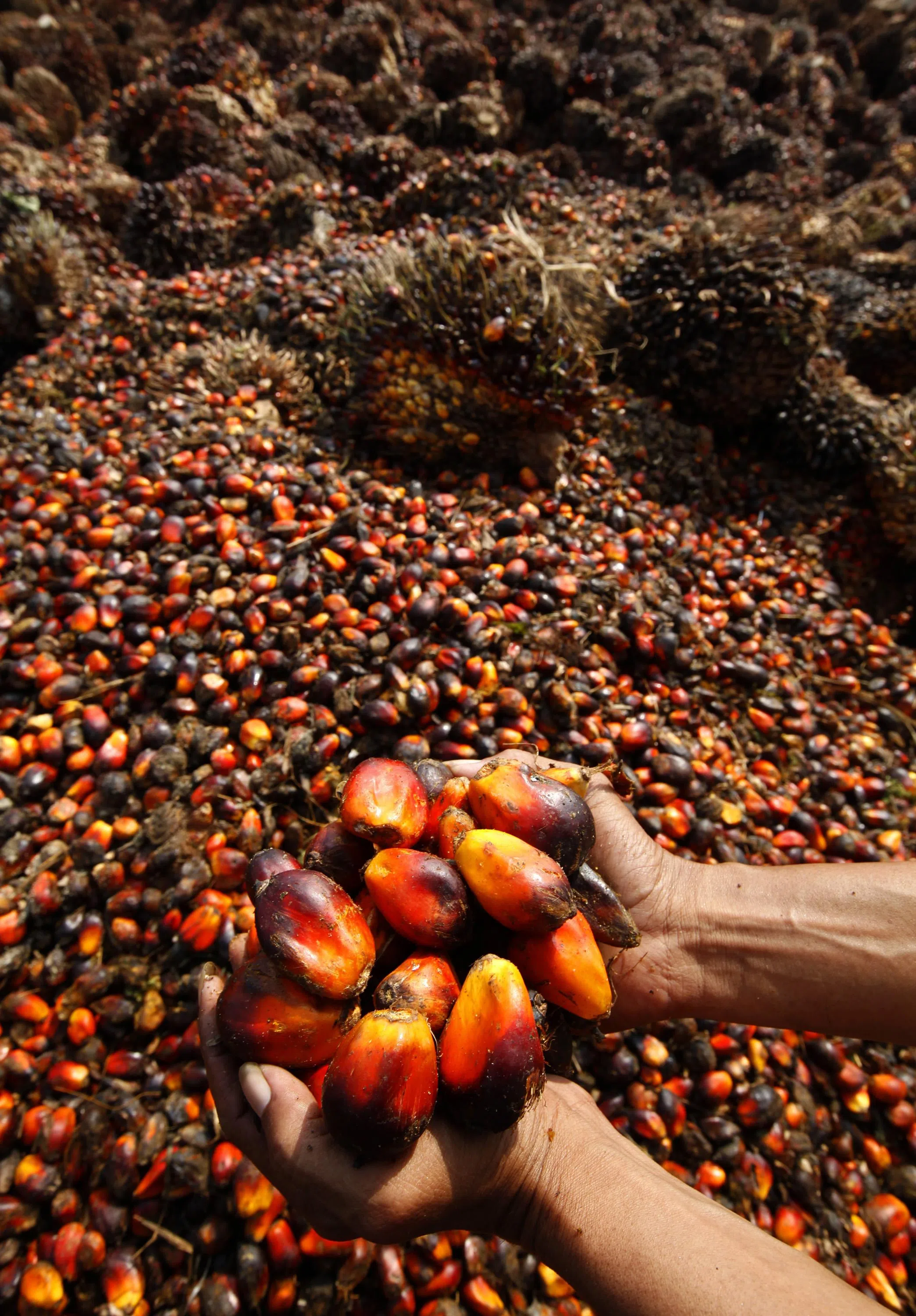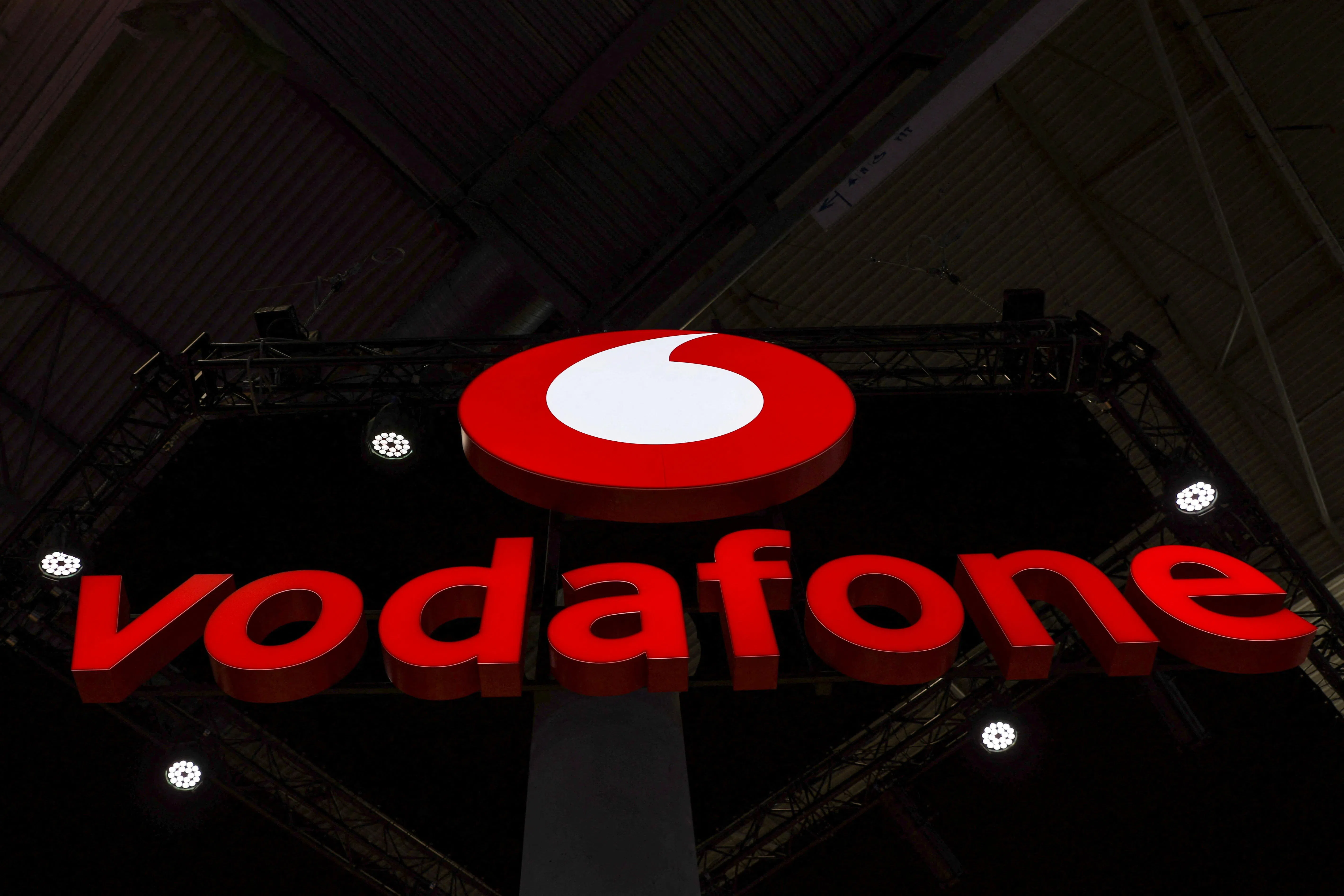The benchmark active Malaysian crude palm oil futures contract experienced a notable decline after
reaching RM4,443 per metric tonne in early April. This came after the breakout of a mid-term parabolic bowl accumulation pattern that began forming in July 2023 and culminated in mid-March 2024. Bearish sentiments, influenced by anticipated weaker exports, increased production, lack of competitive pricing against other vegetable oil substitutes and stabilisation of the Malaysian ringgit after its continued depreciation, have driven this decline.
The recent decline in crude palm oil prices has restored its price competitiveness against other vegetable oils as spreads narrowed, supporting current price levels. However, any potential for significant upside may be limited if it becomes relatively more expensive compared to its substitutes.
Therefore, sharp price movements are likely to quickly retrace and normalise without strong fundamental triggers from demand and supply. Since May 2024, the palm oil market has entered a phase of price consolidation, forming a short-term symmetrical triangle with prices converging around RM3,930 per metric tonne. A breakout from this pattern is anticipated within the next one to two weeks.
Zooming out, the current price patterns align with a longer-term parabolic bowl accumulation pattern that began forming in July 2022, following a sharp decline from the all-time high in Q2 2022.
Looking ahead, the likely path appears to be upward for the coming month, with immediate resistance at RM4,150 per metric tonne and stronger resistance at RM4,500 per metric tonne, which coincides with the resistance line of the longer-term pattern. Conversely, if market fundamentals trigger a downside breakout from the symmetrical triangle, support levels are expected at RM3,800 and RM3,500 per metric tonne. This would maintain alignment with the longer-term pattern, set to complete by Q2 2025, targeting the RM4,500 resistance level by then.
The Malaysian ringgit, pivotal in crude palm oil futures trading, shows potential for appreciation against the US dollar following a triple top formation in the USD/MYR pair in October 2023, February 2024, and April 2024. This suggests limited upside potential for palm oil prices due to increased costs for US dollar holders, potentially dampening demand.
BT in your inbox
Start and end each day with the latest news stories and analyses delivered straight to your inbox.
Additionally, crude oil prices have been forming their own bullish parabolic bowl accumulation pattern since November 2023, offering supplementary support to the edible oils market and bolstering palm oil’s attractiveness as biodiesel feedstock.
Similarly, bullish technical signals in Chicago Board of Trade’s soybean oil futures indicate a supportive environment for palm oil prices, despite a slower bullish trend.
In summary, amid various short-term influencing factors, the bias leans towards a gradual upward movement, projecting a slow and steady climb for palm oil prices in the months ahead, with no imminent volatility anticipated.
The writer is commodities strategist at Phillip Nova






